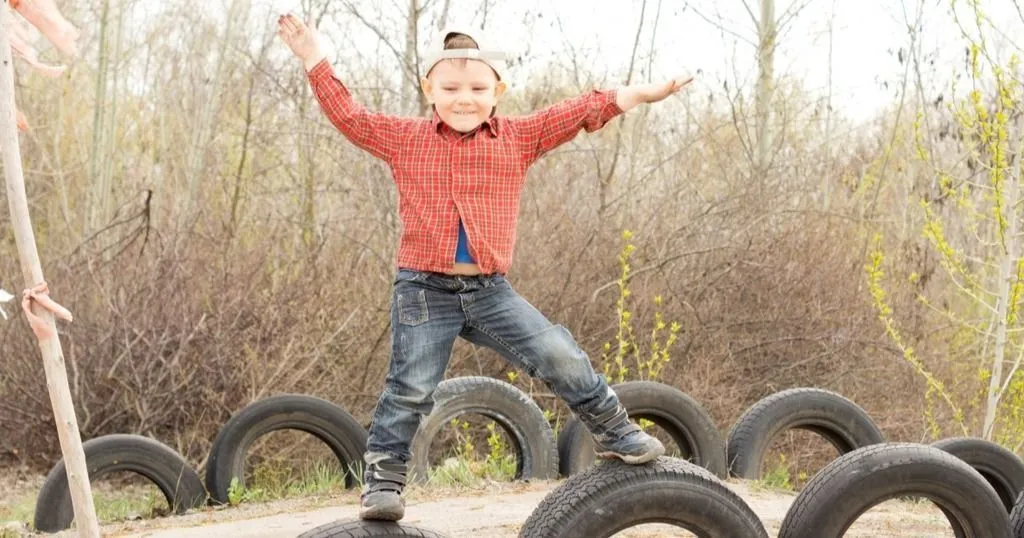Let children design their own playground

The impact of playing outside on the social, motor and emotional development of children and their learning ability is immense. What makes the best playground, according to children?
Posted by
Published on
Thu 28 Jan. 2016
Topics
| Behavioral Research | Child | Child Development | Motor Development | Playing Behavior | Psychology | The Observer XT | Video Observation |
Getting outside, playing, and exercising is essential for healthy child development. It goes without saying that playing outside must be encouraged in children, especially when we realize that an estimated 80 percent of young children don’t exercise enough. The impact of playing outside on the social, motor and emotional development of children and their learning ability is immense.
Therefore, it is of interest to researchers to answer the question: what makes the best playground, according to children?
Healthy schoolyards
In the Netherlands, the organization of Jantje Beton develops many projects and activities aimed at improving outdoor play facilities for children. They operate as a partner in a government-facilitated project to realize 70 new, healthy schoolyards.
Because children are the experts in the field of playing and often have great ideas, Jantje Beton involves children in designing and realizing the schoolyard. The children are asked to think about which activities they like, and what they desire in a schoolyard. The children fantasize about their “dream” schoolyard and make drawings.
They present the plan to the architect and argue why their choices are important to them. The ultimate goal is to design a schoolyard that offers challenges to every age.
Although some ideas were not carried out exactly as the children had invented, the resulting newly designed schoolyard was in line with the children’s ideas and they were very enthusiastic.

How do children design a playground?
Researches from the University of Groningen studied what kind of playgrounds children create themselves. They wondered if children opt for standardization as many adult designers do. In this study the question was how children construct their own jumping stone playground.
They provided 40 children (6 to 12 years old), with six identical jumping stones; one was fixed in place and could not be moved, while the other five stones could be placed wherever the child wanted, allowing for jumping or stepping from one stone to another. Afterwards, the distances between the stones were measured as well as the perceived and actual stepping and jumping capabilities of the children.
Recording behaviors of the children
The researchers used cameras to photograph the created playgrounds, and to record the (gap-crossing) behaviors of the children. They coded and analyzed the play behaviors with The Observer XT. They found that children underestimated their maximum stepping and jumping distances, which is common when there are potential risks involved, such as getting injured when an overestimation leads to unsuccessful gap-crossing.
Furthermore, the children varied in the number of different gaps that they crossed in their playground and, more interestingly, none of the children created a playground in which the crossed gaps had the same width. 78% of the children created 4 or more different gap widths.
Interacting with children
When children are the architects of their own playground, as a group they create a play area with variety, as measured by gap widths of jumping stones. Apparently, children don’t opt for standardization within their own playground. Hence, a way to make sure that a playground matches the (perceived) action capabilities of children is to let the children be the designers; to create a playground in dialog with children.
Such an approach would result in the construction of non-standardized playgrounds, which can be beneficial for the motor development of the child, and encourage more free outdoor play.
Reference
To read more on this study, find the original results here:
Jongeneel, D., Withagen, R. & Zaal, F.T.J.M. (2015). Do children create standardized playgrounds? A study on the gap-crossing affordances of jumping stones. Journal of Environmental Psychology, 44, 45-52.
Related Posts

Working memory and emotion regulation in children with ADHD

Measuring flow

